Amsterdam Museums
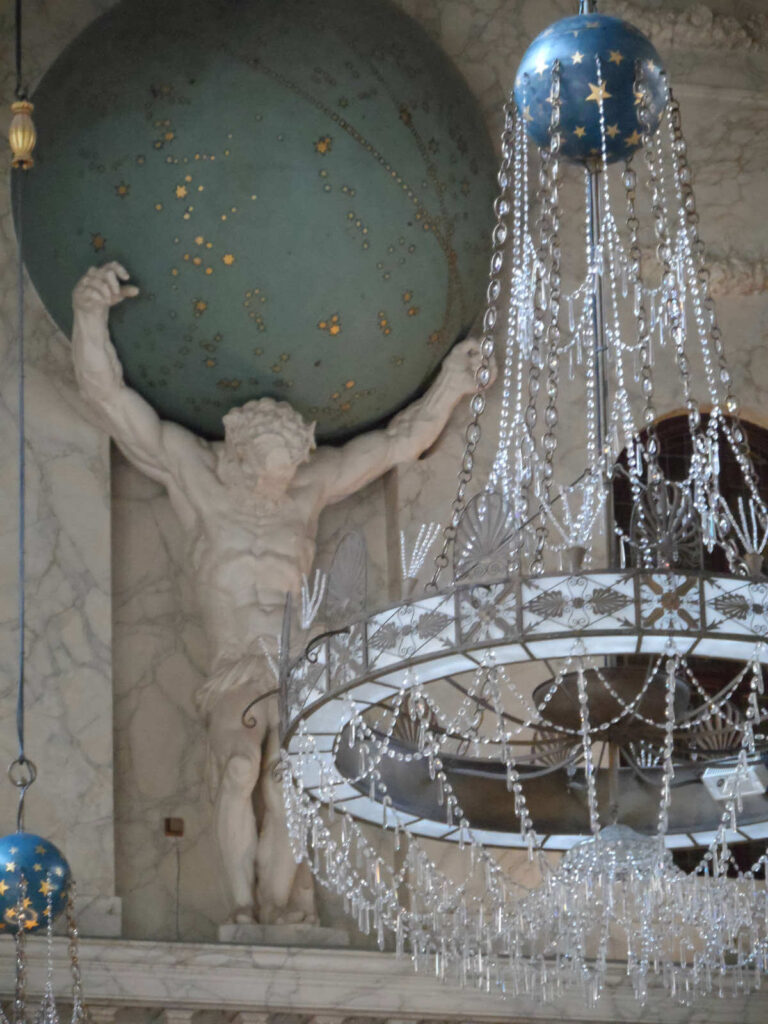
Everyone knows about the main Amsterdam museums, the big three, the RijksMuseum, Van Gogh and Anne Frank House. I’m including a bit of practical info about them at the end of this post so that you see the less visited museums first. These are often overlooked and are great places to visit.
If you want to do something a little less obvious and avoid crowds, then:
instead of the Riksmuseum, visit the Royal Palace, or the Willet Holthuizen or Museum van Loon.
instead of the Van Gogh, visit the Stedelijk Museum
instead of the Anne Frank House, visit the Jewish Historical Museum and/or the Resistance Museum.
Micropia is a museum of science about bacteria, microbes and visuses, and great for a bit of introspection!
Less visited Amsterdam Museums
Our Dear Lord in the Attic – Onze Lieve Heer op Solder – 1600s
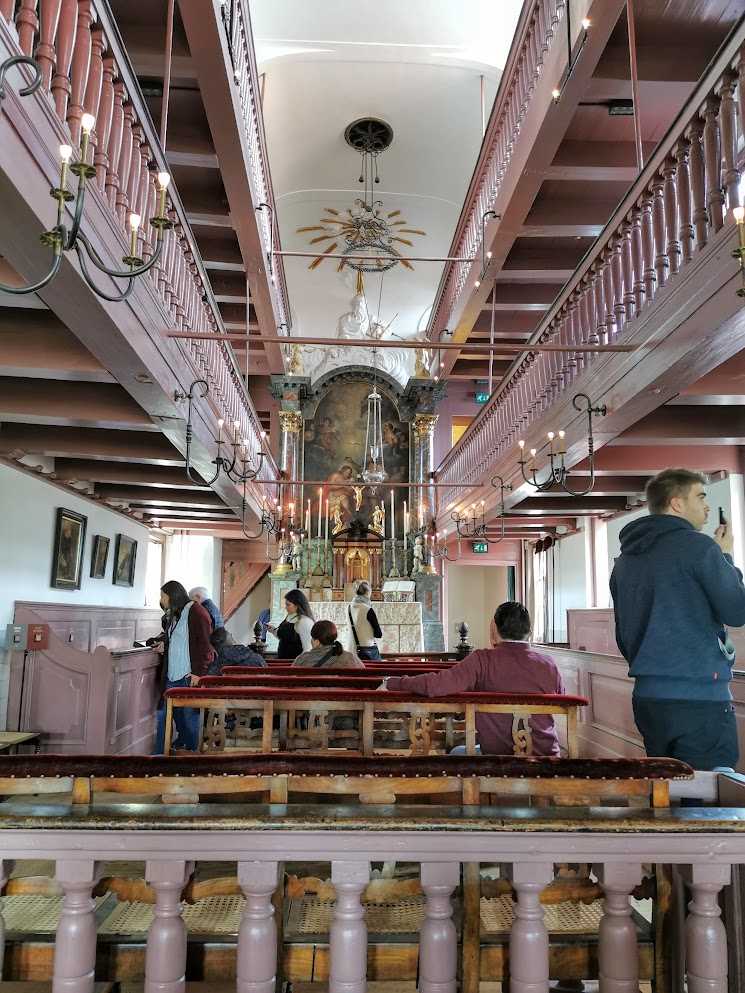
For a couple of centuries and spanning the Golden Age period, it was illegal to be openly Catholic. Their churches were confiscated and made Protestant. However many merchants were Catholic and wanted to remain true to their faith so they created hidden churches that looked like normal houses from the outside. This was tolerated by the authorities as in Amsterdam, trade is king.
At this museum you see a lovely example of a merchant’s house and how he lived. There is a lot of information about the period and mini exhibitions in the many rooms with a theme of religious tolerance. The attic church, indeed the whole building is beautifully restored.
Admission is €15.50 including audio guide
Opening times Generally they are open 9am to 6pm Monday to Saturday with a late opening on Sunday of 1pm and slightly different holiday opening times
Time needed 90 minutes
Tickets at the door on the day is fine
Rembrandt House Museum – 1600s
This is where Rembrandt lived and worked for almost 20 years, from 1639 to 1656. As brilliant as he was at painting, he was contrastingly terrible at PR and playing the game. He managed to rub people up the wrong way and, when he needed commissions the most, to pay his huge mortgage, support dwindled. He went bankrupt and his house and possessions were sold at auction. The museum is a recreation of his house from the auction records.
There is a lot of info about the different rooms and how Rembrandt used them. You get to walk around his studio and they usually have a paint mixing demonstration there as well as demonstrations of how he printed etchings.
Admission is €14 including audio guide
Opening times are 10am to 6pm daily with slightly different opening hours over holiday periods.
Time needed 90 minutes
Tickets at the door on the day is fine
Willet Holthuysen – 1800s
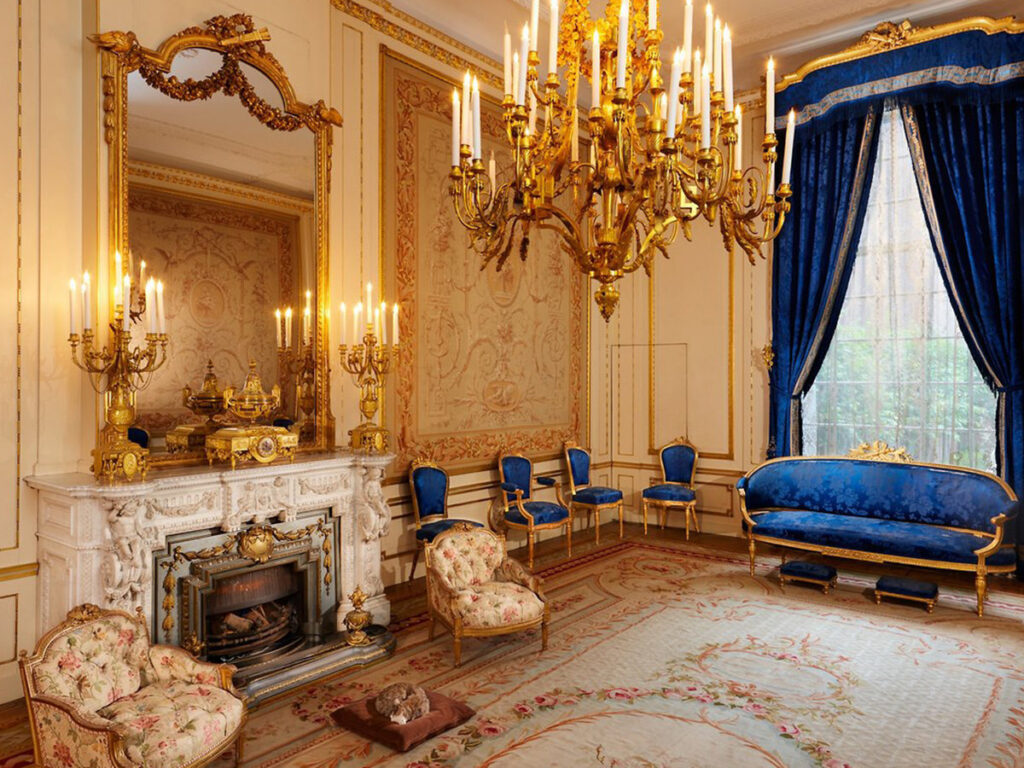
Abraham Willet and Louisa Holthuysen were a love match and society couple who lived large in Amsterdam in the 1800s. Her parents weren’t keen on her marrying Abraham as he was known to fly through money like water and had no social standing. Her parents passed in the l850s and she married Abraham in 1861, rather sensibly keeping full control of her finances while giving him a generous allowance. They completely redecorated her parental home in the fashionable French style and enjoyed the house for about 3 more decades, adding to the collection of paintings, china, silks. Louisa outlived Abraham by 7 years and she left the house to the City of Amsterdam, on condition that is was a museum and not altered which is why we can get to ogle at it today!
Admission is €12.50 including audio guide
Opening times are 10am to 5pm daily
Time needed 60 minutes
Tickets at the door on the day is fine
Museum van Loon – 1700s to present
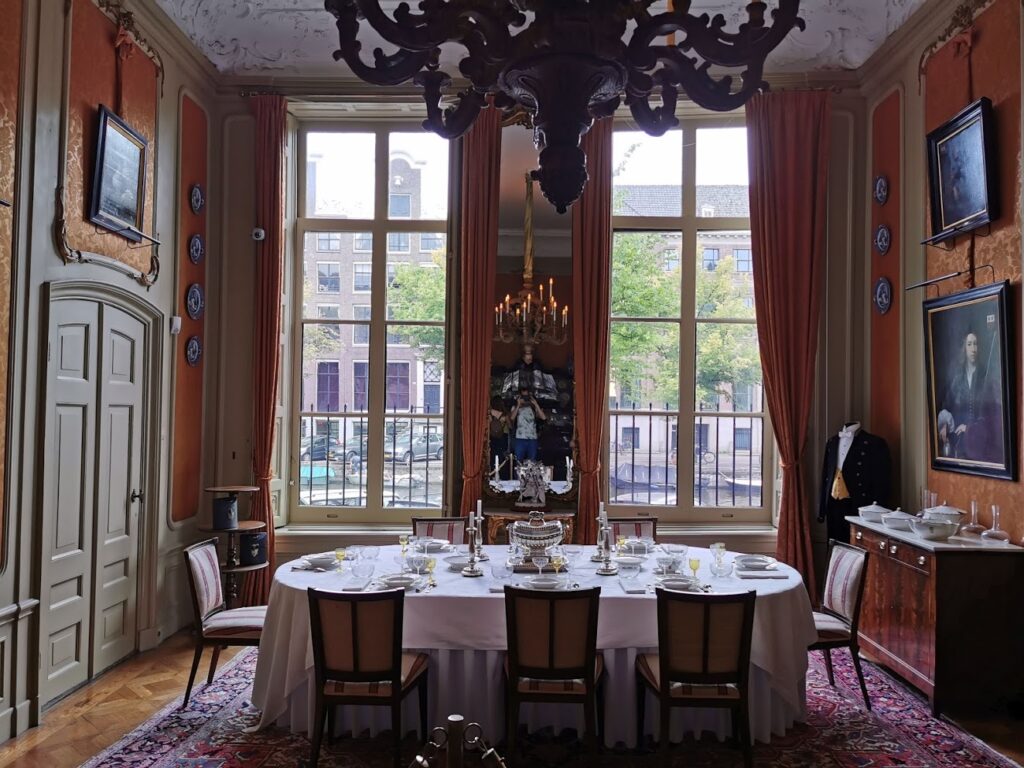
I know that 1700s to present is a very long timeframe but this house has been used as a house by one or another grand family for all that time. The Van Loons are one of the grand old Amsterdam families. Willem van Loon was a founding director of the Dutch East Indies Company (VOC) in 1602 and since then the Van Loons have been mayors, investors, and bankers with close ties to the Dutch royal family.
The last Van Loon to live in the house, on the upper floors, was Maurits van Loon who passed in 2006. He restored the house to its 1700s grandeur to preserve this part of Amsterdam’s glorious past and to also house the family collection of furniture and art. He opened his house to the public in the spirit of traditional Amsterdam hospitality. His daughter Philippa is currently running the foundation and in 2008 got the opportunity to buy in the old coach house at the end of the garden that had been converted into an apartment years before and sold off. This coach house was restored to its original condition and is now the only museum where you can see how the grand old families actually lived, with a house on a canal, garden and coach house at the end of the garden opening onto the street behind.
The reason for the ‘to present’ time frame is that they host contemporary exhibitions. At the moment, (Fall and winter 2019) there is a meaningful and very thought provoking exhibition addressing of the family’s past connections to the Dutch colony of Suriname that was profitable only because of the forced labour of enslaved people. These histories are told and culminate in interviews with descendants of both the enslaved and the Philippa van Loon.
Admission is €12.50 including an explanatory booklet and info in the rooms
Opening times are 10am to 5pm daily but closed on major holidays. There is a booklet and explanations in the various rooms as well as an excellent book about the family and house.
Time needed 60 to 90 minutes
Tickets at the door on the day is fine
The Royal Palace on Dam Square – 1800 – French Period
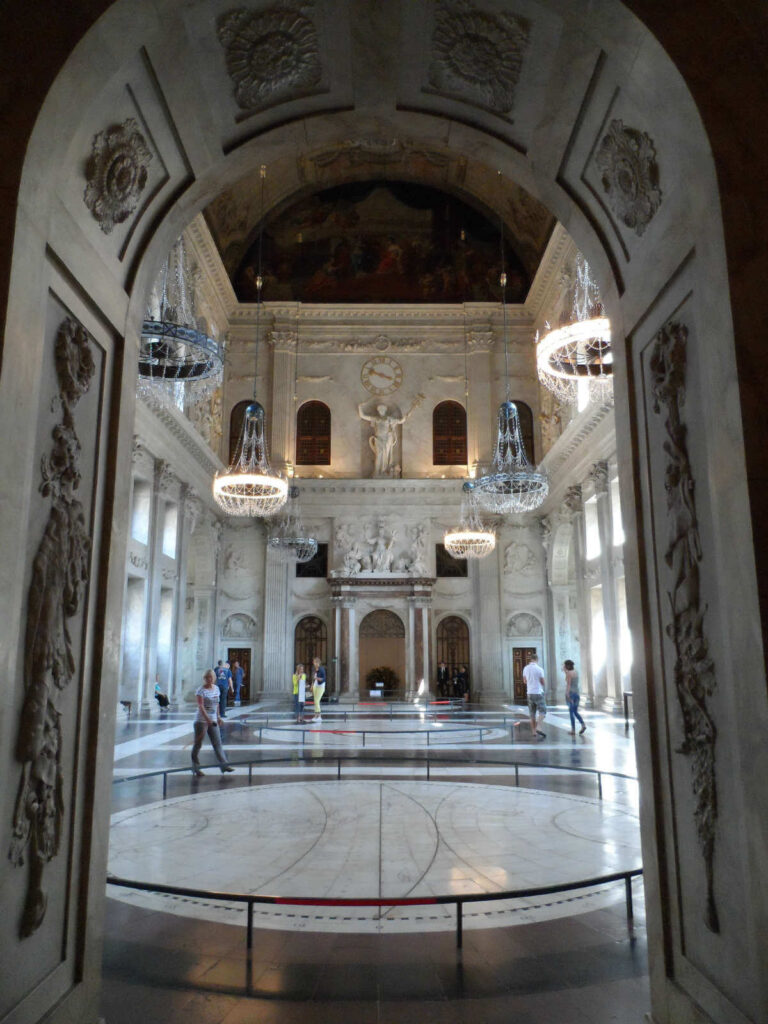
The Royal Palace started its life in the mid-1600s and was the City Hall until King Louis Napoleon booted the City Council out and had the building converted into his palace in 1808. The palace is used by the government now for state functions and is open to the public when not in use. It is a very impressive building and considered (by a Dutch poet) to be the 8th wonder of the world when it was built. Maybe that goes a little far but it is an interesting building to visit.
The sculptures and decorations are drawn from mythology, and, along with the grandeur of the building, show just how highly the proud new republic thought of itself. Having achieved independence from Spain after 80 years of war, and has become the most important center of global trade, the city fathers were showing off a little.
The palace now houses one of the world’s best collections of French Empire furniture that King Louis had made by Dutch craftsmen.
Admission is €12.50 and under 18s free, audio guide included
Opening times are 10am to 5pm on days that it is open. They have a calendar on their website with closed days.
Time needed 60 to 90 minutes
Tickets at the door on the day is fine
Stedelijk Museum – 1850 to the present

The Stedelijk, Amsterdam’s Modern Art Museum is one of my favorite museum in the city and definitely worth a whirl, you get a lot of art for your money. The collection covers the period 1850 to the present and includes works by Chagall, Kandinsky, Picasso, Malevich, Mondrian, Appel, the list goes on and on.
On the ground floor is an extensive Design exhibition, furniture, glass, ceramics posters and more. The period here is 1900 to the present and what a treat with high-quality displays of ‘retro’ furniture that left me drooling. The Memphis corner particularly had me dreaming of coordinating a museum heist.
They always have a few temporaray exhibitions, their website is helpful.
Admission is €20.00, under 18s free. Audio guide included.
Opening times are daily 10am to 6pm on Fridays 10am to 10pm.
Time needed 1 to 3 hours
Tickets there is no need to boook, just turn up.
Tuschinski Theatre – 1920s
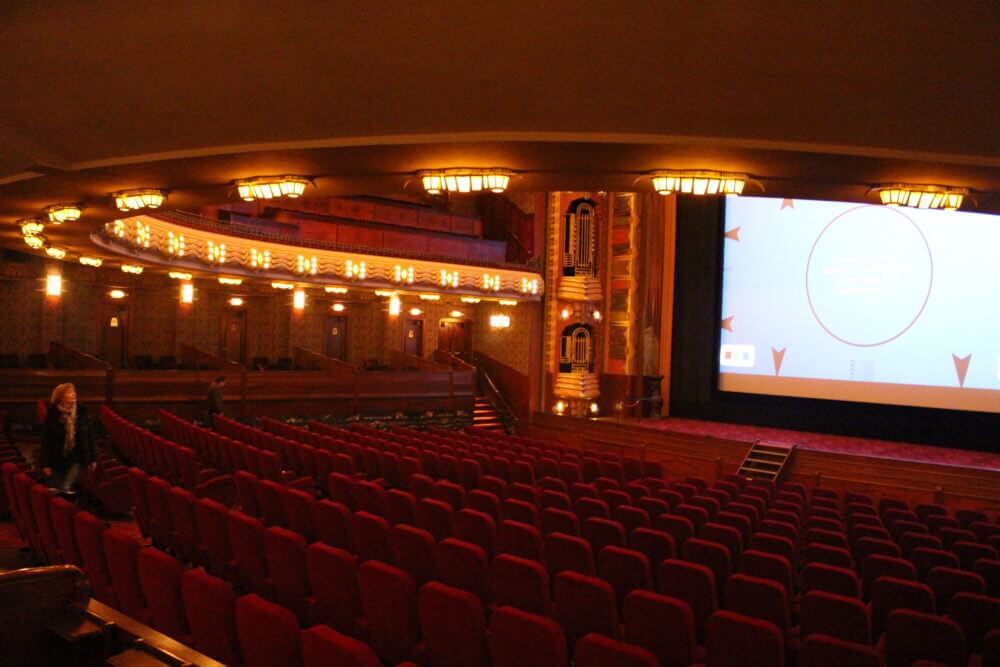
The Tuschinski Theatre, opened in 1921, was the crowning achievement of Abram Tuschinski. He had already built 4 wonderful cinemas in Rotterdam and then bought 2 hectares of land in central Amsterdam to create the greatest cinema in the world! I think he achieved it. He was involved in every aspect of the acquisition, design, construction, and management of the cinema and wished to bring the ultimate in luxury and comfort to his patrons. He was a workaholic and lived above the shop and had a window looking into the foyer from above so when important people or press visited he could race downstairs and entertain them. The theatre is a mind-boggling mixture of styles: art nouveau, early art deco and Amsterdam school. Every single detail of the building has been thoughtfully designed from the grand circle not having pillars obscuring the view, to the tiniest hinge or light switch. It is a truly amazing place.
Abram was a master problem solver. He had ordered 1200 pine tree trunks as pile foundations from Germany but the British occupying forces after WWI would not release them. So he went to Germany, found them, tied them to rafts, draped the Dutch flag over them and floated them down the Rhine to Amsterdam.
The theatre has an astonishing Wurlitzer organ, 850 pipes and able to make just about any sound, including voice. Abram’s problem was that the organ would not arrive in time for his grand opening. His persuasive powers were such that he was able to convince the proprietor of a similar theatre in Brussels to dismantle his grand organ and lend it to Tuschinski for the opening!
The self-guided tour costs 10 euros which gets you a cup of coffee and a headset and box gadget with about 10 different menu choices based on locations in the building. You pay at the main bar in the reception area. Go at 09h30 so that you can have access to the grand auditorium as later in the day it is generally in use as their main cinema. The tour takes in the VIP room and when I went all the lights were off but on the wall next to the door is a light switch pad with buttons to push to turn on the 5 different light systems, lamps, behind bar lights etc. Also, do find the Oriental room I think its called, behind a curtain on the ground floor corridor, it is a delightful little hideaway. The whole thing took about 45 minutes.
Admission is €10 including audio guide
Opening times are 9:30am
Time needed 60 minutes
Tickets in the Theatre on the day
Jewish Historical Museum – 1600s to present
The Jewish Historical Museum is the main location of Jewish history in Amsterdam. It is housed in old Ashkenazic synagogues and split into various sections: One explaining Jewish traditions and holidays, another focusing on pre 1940s, and the last dealing with WWII and the aftermath. There are also temporary exhibition at the museum.
A ticket to one of the main Jewish sites gives you entrance into all thoose sites: The Portuguese Synagogue, Hollandse Schouwburg, National Holocaust Museum and the Children’s Museum. The Postuguese Synagogue is closed to the public on Saturdays.
Admission is €17 including audio guide
Opening times are 11am to 5pm daily with different opening times during holidays
Time needed For the Museum and Synagogue about 2 hours. More for everything.
Tickets at the door on the day is fine
